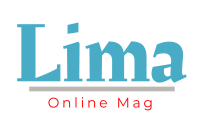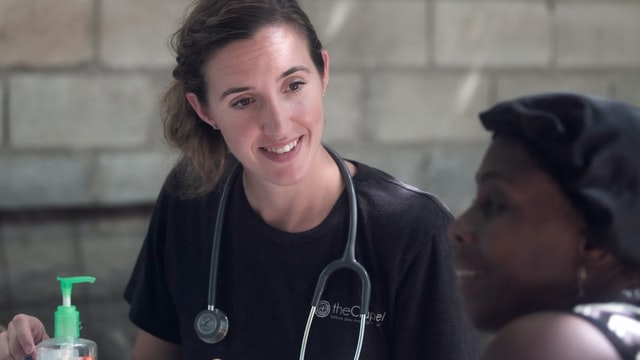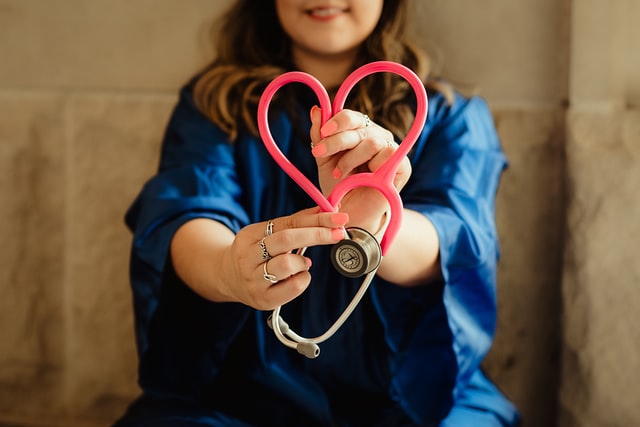Remote patient monitoring can also be used as a complement to telemedicine, especially during the current events that people are globally experiencing. Telemedicine has become increasingly known as a way for people to maintain contact with their doctors without exposing themselves to infectious risks and the inconvenience of commuting by going to the consultation in person.
Treatment Monitoring
For some diseases or medical conditions, it is necessary to adjust the treatment for the appropriate effect. For example, when it comes to hypertension, the doctor may start with a single drug at a low dose and gradually add additional drugs until the blood pressure is well controlled. Typically, these changes are made by modifying a single dose and then seeing the patient again in a few weeks.
The Simplicity
Can you imagine how simpler patients would have it if they did not have to go into a doctor’s office for a check-up on their progress after surgery? Or, isn’t it easy to understand that a simple review of a patient’s progress can be done virtually with all the advanced medical technology that doctors have at their fingertips? Doctors are now relying on remote devices to provide oxygen saturation to sick patients instead of having them visit the doctor’s office. This cuts down on medical costs, not only for the doctor’s office, but also for the patients.
The Devices
Doctors now have various devices to facilitate remote patient monitoring. Every device is different and so are the prices. The devices have to be prescribed by the doctor. Most health insurance policies cover these devices due to their benefits. If these devices are properly used with the direction or supervision of a doctor, they should provide a lot of benefit to the patient in his or her overall health.
Preventative Medicine
With remote patient monitoring, the doctors receive patient information immediately through Artificial Intelligence (AI). This has proven to be a great way to start using preventive medicine. The quality of life of patients increases significantly by being able to do their routine follow-up from their own home, without having to travel and stop consuming unnecessary hospital resources under this assumption.
Conclusion
The family through apps can continually be informed, enhancing their confidence and trust. The hospital or doctor is brought virtually closer to the patient. The home health devices are used to measure his vital signs: spirometer, ECG, pulse oximeter, thermometer, glucometer, blood pressure monitor, etc., which transmit these constants thanks to specific software applications that receives, analyzes, and makes them available to doctors, patients and families; being able to carry out proactive and preventive monitoring of the patient. This is done using a reliable remote patient monitoring platform.




